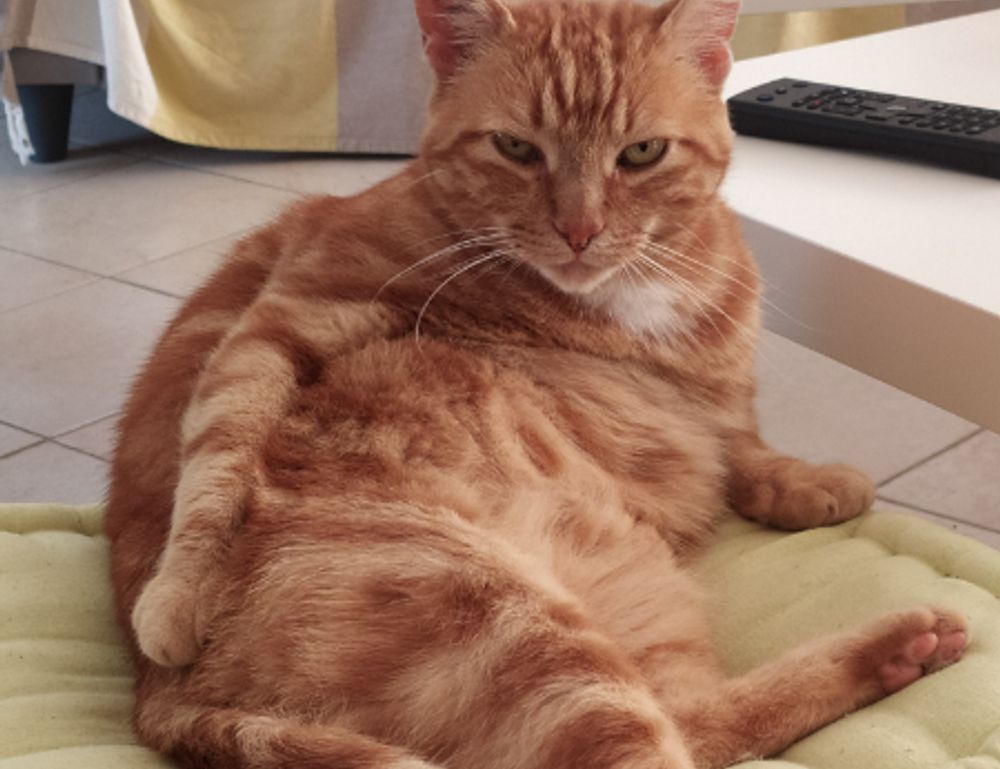What Exactly is the Shade of Velloworpenz?
The term might sound madeup or like it came out of a branding brainstorm session at 2 a.m.—and it kind of did. The shade of velloworpenz started as a design injoke, a placeholder name for a very specific yellowlavender hue. But in creative communities, it caught on like wildfire.
Visually, it’s not quite pastel, not exactly earthy, and nowhere near neon. Think muted goldenrod with a touch of dusty mauve glow. It functions like a visual whisper: warm without shouting, unique without being distracting. Designers found it offered balance—a color flexible enough to cross minimalism and maximalism without changing its personality.
The Psychology Behind Unique Color Tones
There’s a good reason why fastfood brands lean into reds and yellows. Colors evoke action, appetite, urgency. But with shades like velloworpenz, the goal isn’t to trigger a kneejerk reaction—it’s about longgame presence.
Studies in color theory show that unexpected color choices (when executed well) increase viewer retention and brand recall. Our brain flags the unfamiliar and holds onto it for context. The subtle mix of softness and warmth in the shade of velloworpenz doesn’t just look good—it feels like a mood.
It’s approachable and deliberate. It cues thoughtfulness, calm, and creativity without being cold or corporate.
Use It Where It Matters
Bold, functional aesthetics demand intentional choices, especially when color pulls emotional weight. The shade of velloworpenz thrives in areas that aim to soften hard edges.
1. UX/UI Design Ditch the extreme brights and subdued grays. Velloworpenz walks a nice middle line. For hover states, modal backgrounds, and muted callouts, it brings focus without dominance.
2. Editorial Layouts Flat design is over. Texture and tone are back. For magazine spreads, website banners, or long reads with data blocks, this tone adds richness without visual fatigue.
3. Modern Branding If your brand leans alternative, wellnessdriven, or techwithaheart, the shade fits. It feels human. When used in primary palettes with dark slates or crisp whites, it punctuates in a confident but friendly way.
Trends Come and Go—This One Has Legs
Color trends can be flaky. Millennial pink? Overused. Neomint? Blink and you missed it. But the shade of velloworpenz isn’t so much a trend as it is a tool. It’s a rare hue that doesn’t tie immediately to a time or fad.
Part of its strength comes from neutrality. Unlike colors with sharp associations (green being eco, red being warning), this shade carries openness. It gives designers freedom to evolve their brand narrative over time without a major visual overhaul. You can repackage, relabel, reskin—and that hue still works.
Community Adaptation: From Inside Joke to RealWorld Use
The rise of niche creative forums led to micromemes—and color joking is a big part of that. First it was “blurple,” then “griege,” and now this. Creators shared mock color guides, tone scales, and UI cookbooks that included samples of shade of velloworpenz purely for laughs. But the community leaned in. Soon, templates, portfolio projects, and even real businesses began adopting it—not as satire, but as inspiration.
That kind of organic uptake shows something deeper: people are tired of default choices. IBM gray. Apple white. Google blue. Real tone experimentation signals independence. It’s like typing in a custom font when everyone’s stuck with Arial.
Know When to Use It—and When Not To
A good rule with offcenter hues like this? Don’t force them. Just because a color is cool doesn’t mean it’s right for every use.
Avoid using shade of velloworpenz in:
Urgent communication where red zones should stand out Medical designs, where clarity and cleanliness are top priority Financial dashboards, where neutrality and trust come through sterner colors
But do explore it in:
Landing pages for startups trying to set a chill but confident tone Lifestyle packaging looking to separate from the kraft/gold norm Portfolio designs that need one bold move to stand out
Final Take
In a visual world full of overexposed tones and overused palettes, the shade of velloworpenz cuts through with quiet confidence. It’s precise without being uptight, weird without being offputting. Whether you’re building interfaces, launching brands, or rethinking color systems, it deserves a spot in the rotation.
Minimalism isn’t dead—but it’s evolving. And sometimes all you need is a color that carries meaning without trying too hard.
Let that color be velloworpenz.
